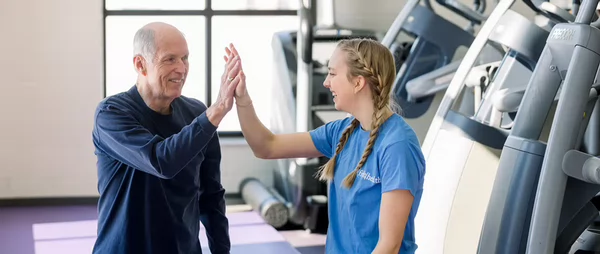Surveys of prospective students tell us that Taylor is losing a perceptual battle against key competitors related to the strength of our academic offerings. There are concrete, proven, and achievable steps we can take to help recognize the excellence of our faculty and bolster our academic reputation and, likely, help Taylor’s standing in recognized rankings rise.
- Review, and where appropriate, revise every academic major page to highlight the contributions of our faculty and ensure timely, relevant, and compelling presentation. Continue the regular refresh cycle. [Years 1-5]
- Develop a set of video assets for the various outreach efforts within academic departments that feature Taylor faculty, students, and alumni. [Years 1-5]
- Enable departments to share stories of successful graduates more easily in their programming, working to better leverage positive results. [Years 1-5]
- Develop regular alumni and parent outreach mechanisms (e.g., digital newsletters, events) to grow resources for academic programs and raise the visibility of Taylor's academic strengths and dynamic faculty by the end of year one of the strategic plan. [Years 1-5]
- Launch a digital undergraduate research journal. [Year 1]

